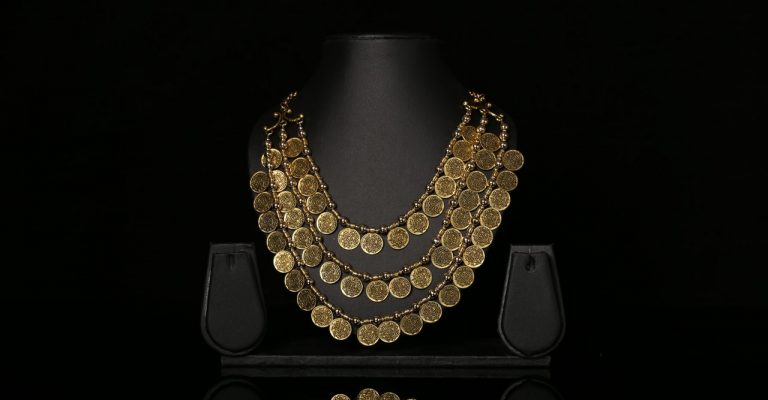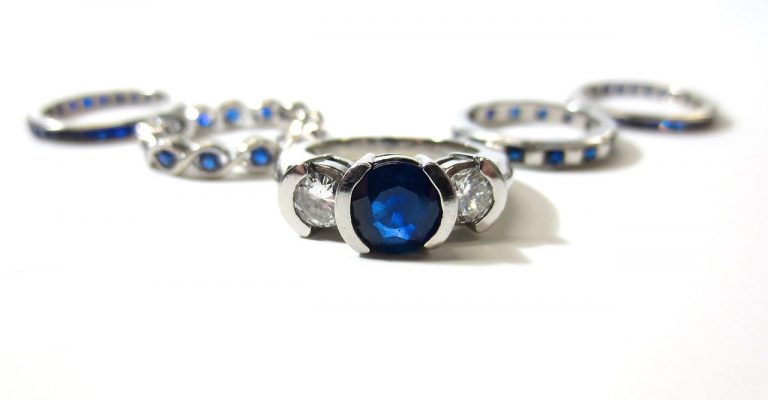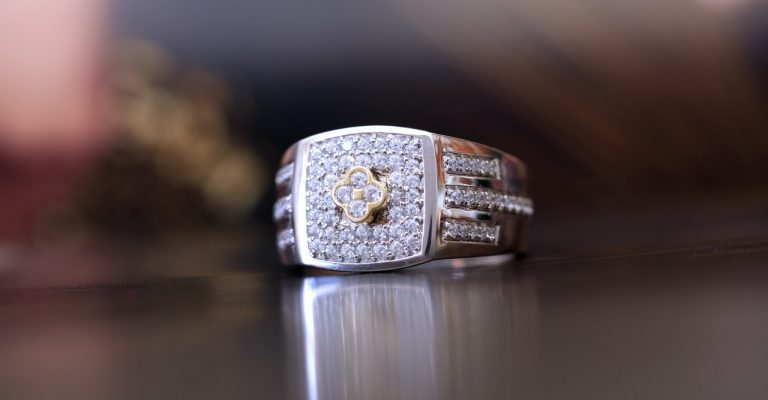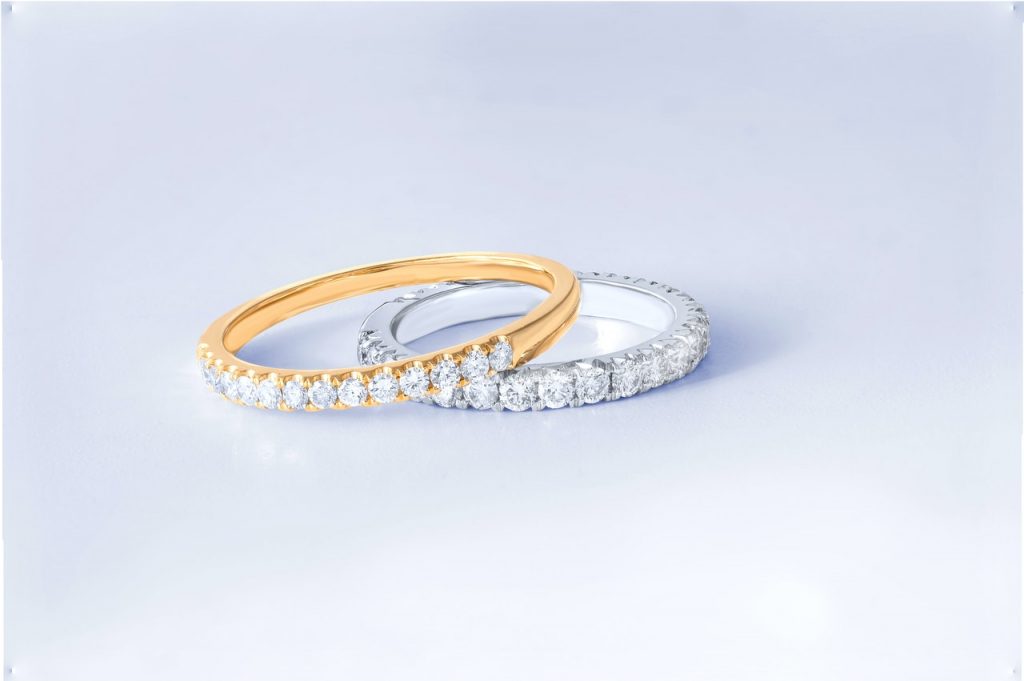Enter the Ring: Gold vs Platinum – Which One Wins?
Platinum and gold have been contenders for most precious metals for years. Platinum has the density and purity to give it an edge in the jewelry competition, while gold’s timeless look and malleability has made it a top choice for wedding rings, necklaces and other forms of jewelry. However, both metals have a key set of differences and factors that lend to their significant price tags and hefty durability throughout the ages. But when the dust clears, who stands as the true victor in gold vs platinum?
Physical Characteristics
Both metals are very polished at first glance, but the most noticeable difference is the color. Gold has a rich and decadent depth to its yellow hue, while platinum has a brilliant white metal appearance. Despite gold being able to mimic platinum’s shine, gold requires alloys such as rhodium to get it to that same level of brilliance; platinum, however, produces the brilliant “true white” hue on its own without an alloy counterpart.
Platinum also tends to be heavier than gold, making its grains somewhat smaller. While an ounce of gold may give you a significant piece of metal to examine and feel, an ounce of platinum will be a fraction of the size, sometimes requiring a little extra patience and technical assistance to examine.
Another key difference is the purity. Platinum has a purity of 95% when creating items such as jewelry, leaving only about 5% for alloys to jump in. Gold usually goes to about 58.5% purity for the most common karat – 14K. Most times, gold needs to be blended with other precious metals or alloys to make the form stick.
Gold’s Old Reputation
While platinum is more durable and has a higher purity index, gold has built a reputation for being a rich and elegant metal for thousands of years. It’s littered throughout nearly every historical page and continues to maintain its status as a high-grade metal for jewelry, adornments, technology, coins and more. Unlike platinum, which is found in only a few locations around the world, gold has a rich history of being found in various parts of the planet, making it a more easily accessible metal for a plethora of people across the globe.
Platinum’s Persistence
Despite platinum being location-bound to parts of Russia and South Africa, it continues to be one of the most precious metals. After all, there’s a reason the term many musicians use is “going platinum.” This metal is of hardy stock. Unlike its white gold counterpart, it won’t return to an “original color” over time and tends not to need re-polishing with alloy-laced solutions. While its price tag may seem to be a little lower than gold’s per ounce, you’ll notice an uptick in the price of platinum jewelry. Due to the cost of producing and sculpting platinum, many tradespeople elevate the price tag just enough to cover those costs and turn a profit.
Gold vs Platinum – Is There a Winner?
Yes, there is. Both metals emerge the victor. While there are some noticeable differences in gold vs platinum, and more in platinum vs white gold, both metals come out victorious. Gold and platinum are malleable enough to use instrumentally, such as dentistry and technology, or span to the realm of jewelry for a custom diamond ring setting.
Both metals are an excellent choice for appraisal as well. While pure gold may hold a traditionally higher price tag, it’s still wise to get any gold or platinum piece appraised by a professional. They’ll be able to tell you the true value and to what quality standard your pieces are. Aside from the quality, they’ll be able to price the piece for you so you’ll know exactly what you have. Who knows, maybe you’ll be the one to turn a profit of your own.




